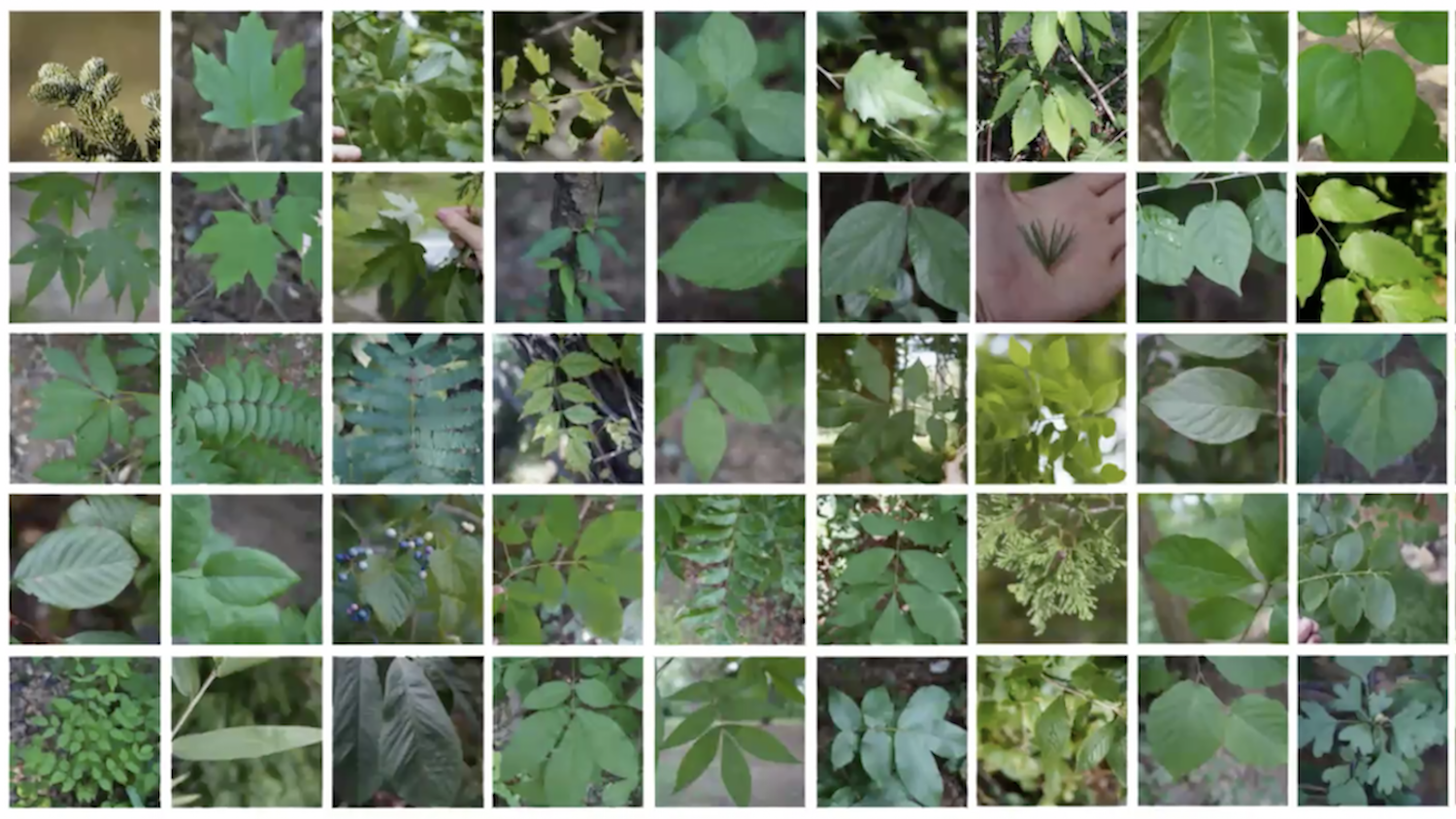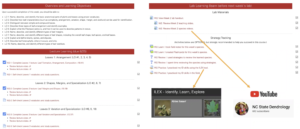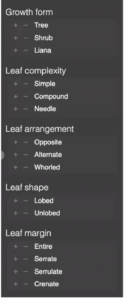Redesigning FOR 339: Name That Plant!

Imagine memorizing and learning to identify 170 different plant species over the course of one semester. This is exactly what students do in FOR 339: Dendrology, in addition to learning the characteristics and habitats of various woody plants of eastern North America.
Absorbing all of this knowledge is no easy task, especially when the course’s lectures and labs had to move online due to COVID-19, so a team of DELTA staff and Teaching Associate Professor Steph Jeffries set out to develop new technologies to help struggling students. Through the support of a Critical Path DELTA Grant, the team developed a non-credit preparation course, created an Identify, Learn, Explore (ILEX) tool and redesigned the format of the course to improve the learning process and outcomes for students.
Developing a Prep Course
The more strategically students learn plant species and practice identification, the more likely they are to effectively absorb the information and develop plant identification skills. This is why the team developed a four-week, non-credit course for students to begin learning on Moodle before the semester begins.

“Before the FOR 339 course started, students learned a small set of species through weekly learn, review and practice activities, using the provided strategies to specify when and how to use them,” said Lead Instructional Designer Yan Shen.
The team also redesigned the course’s Moodle site to improve in-class productivity and better delineate lecture and lab materials. Aiming to maximize in-class time, the team redesigned the course format by focusing the Moodle site on course materials and lecture to allow time for hands-on practice during designated in-person class time. Lecture materials on the Moodle site included PlayPosit videos and study questions, and lab materials included handouts, presentation slides and species videos.
As students developed good learning strategies for dendrology through the preparation course, they were also encouraged to track their usage of those strategies during the FOR 339 course, such as taking field notes, creating flashcards and frequently reviewing species and practicing identification.
Building an ILEX Tool
After researching existing tools and analyzing student feedback, the team decided their best option for a study tool to help students identify plant species was to create one themselves.

The team took a unique approach to developing this tool, using design ideas from online shopping interfaces to develop a menu of categories that students could use to identify plant species that they have learned based on given pictures. Similar to an online shopping experience, where users can navigate menus of categories based on clothing types, students can navigate a menu of growth forms, leaf complexities, leaf arrangements, leaf shapes and leaf margins to sort plants by different categories.
“The key to getting this [tool design] right was figuring out all the ways that experts would describe or classify a tree, then streamlining those categories to help students focus on the right things,” said Multimedia Development Team Lead David Tredwell.
The ILEX tool also provides a more interactive space for students to access and interact with plant species.
The team was intentional about the activities they provided through the ILEX tool. They developed the tool’s practice features, including concept practice (sorting by morphology), classification practice (sorting by family/genus) and identification practice (selecting or spelling out the identified plant species), directly based on the course’s learning objectives to improve student learning.
To enhance customization and balance student and instructor control, the team allowed for instructors to create “practice templates” to structure practice activities for students but still allow students to set up customized practice activities by themselves.
The Future of FOR 339
After evaluating students’ perceptions and grades in the course, the team found that students who took the preparation course spoke positively about the experience and had higher grades in the course than those who did not take or complete the prep course.
“What I try to instill in my students is that learning tree identification is practice, not magic. I encourage them to find the best ways to master tree identification and to feel proud of their accomplishment,” Jeffries said. “Collaborating with our DELTA team enabled us to create valuable and flexible tools for Dendrology that led to increased student success–that part really felt like magic!”
Students’ total grades for the course were higher than previous semesters, and students rated their experience with the ILEX tool highly.
“Students were most positive about their ability to review previously learned species, and the majority said the ILEX tool helped them learn better,” said Assistant Director of DELTA Planning and Assessment Chris Willis.
Going forward, Jeffries plans to present the project’s findings at conferences, including the Biennial Conference in University Education in Natural Resources, the Association of Southeastern Biologists Annual Meeting and the NC State Undergraduate Research Symposium. Jeffires also hopes to use the ILEX tool for a new, public plant identification interface.
In the coming semester, the team plans to continue working on the ILEX tool by adding the filtering guidance feature, which can guide student to identify plants by narrowing down possible categories instead of using a rolodex method. Various courses at NC State are also interested in using the tool to implement with their own content (e.g., fabrics, insects), and DELTA looks forward to seeing where the generic version of the ILEX tool goes next.
Interested in participating in a project like this one? Submit a DELTA Grant proposal by May 13, 2022!


